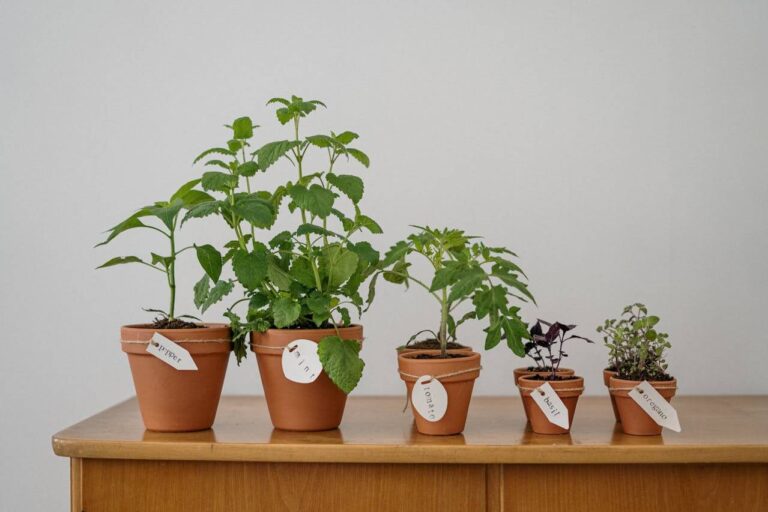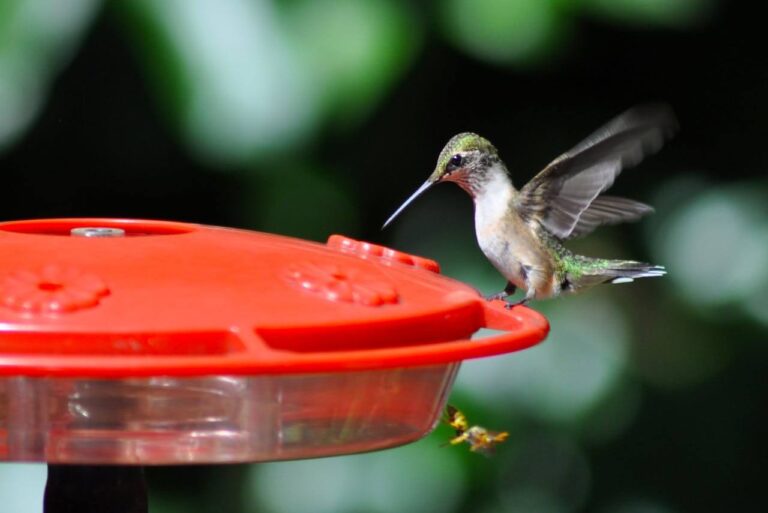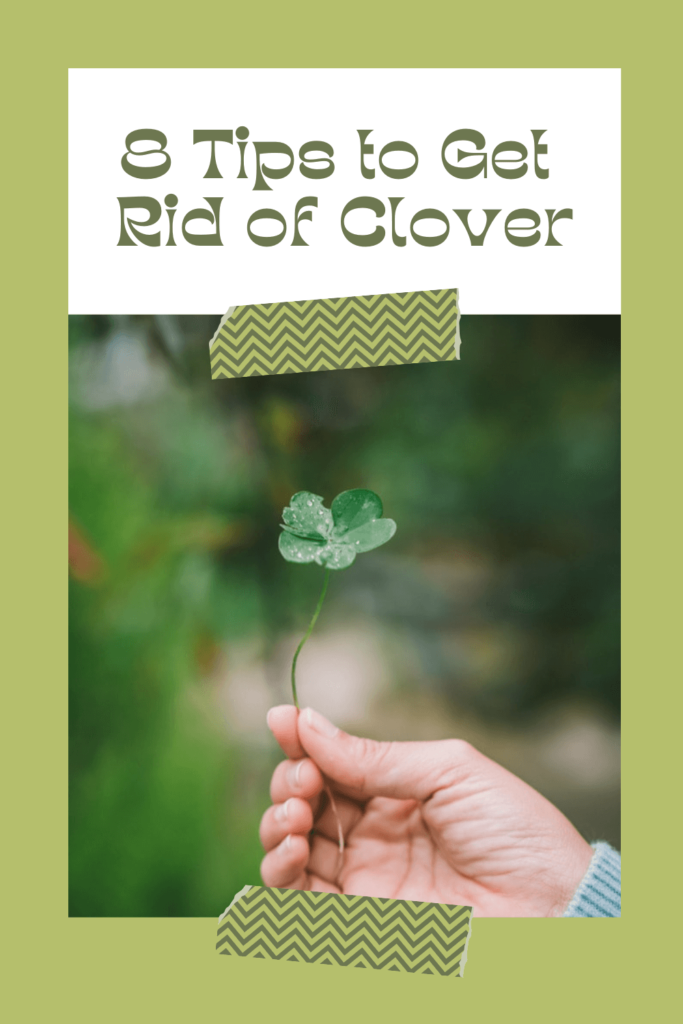
Trifolium repens or the white clover is a member of the legume family. These stubborn weeds are the bane of a beautiful lawn. These plants spread rapidly and take the area where a beautiful lawn flourished. It is a frustrating and unwanted element for a beautiful lawn. So how to get rid of clover?
Clover is a prostrate mat-forming, herbaceous perennial weed. It can grow six inches tall and spread twelve inches by a stem that roots freely.
Clovers have a three-leaflet pattern and have around three hundred species. It produces its nitrogen and thrives in undernourished lawns.
Here are some ideas on eliminating them and how to get rid of them:
1. Pull or Dig the Clover Out
When the number of clovers is minimal, it is best to remove it by hand. Remove them as soon as they are visible. It starts spreading very fast either by their seed or creeping stems. They should be picked up with their entire root.
It becomes easier to remove them when the soil is loose. Make the soil moist by applying water before attempting this method.
They can be removed by gently loosening the ground with a spade and tugging the clover with roots. This is an easy and natural way of eliminating clover without killing the grass in the lawn.
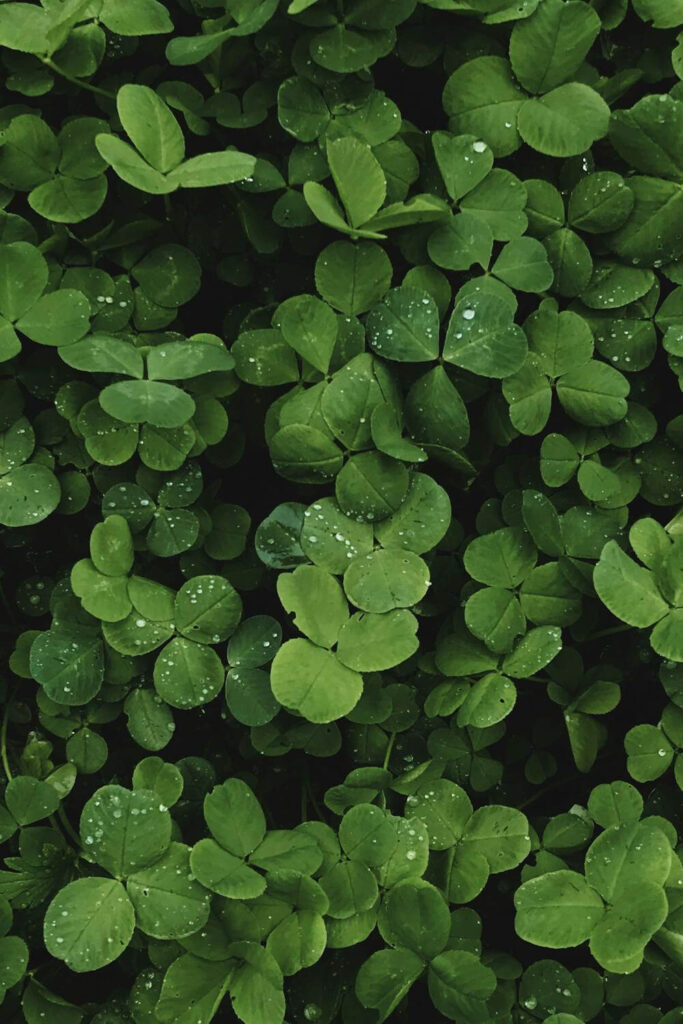
2. Give a Nitrogen Boost
The clovers thrive in soil with less nitrogen. It is an indication that the soil lacks fertility, particularly nitrogen.
Apply nitrogen-rich fertilizers. This will deter it from growing and spreading. When the number of clovers is very much, fast-release fertilizers are better to get rid of them.
Fast-release fertilizers can decrease the quality of the soil over time.
Fertilize regularly with slow-release fertilizers like cow manure, guano, bone meal, earthworm castings, liquid kelp, or Milorganite to maintain fertility.
These slow-release fertilizers make the lawn less hospitable to clover. These fertilizers are better for the environment but are slow to kill the clover.
3. Grow a Thick and Healthy Lawn
A thick and healthy lawn helps the lawn to out-compete weeds. A thick lawn crowds out the clovers and makes it harder for them to germinate and grow.
Keep your lawn thick and lush by overseeding once a year. The turfgrass spreads more vigorously than the clovers. Clovers disappear soon because they can not survive without sunlight.
This technique promotes good growth of lawns while keeping the soil healthy.
The clovers eventually get starved of light, water, and nutrients. Regularly water the lawn and apply fertilizers preferably organic fertilizers.
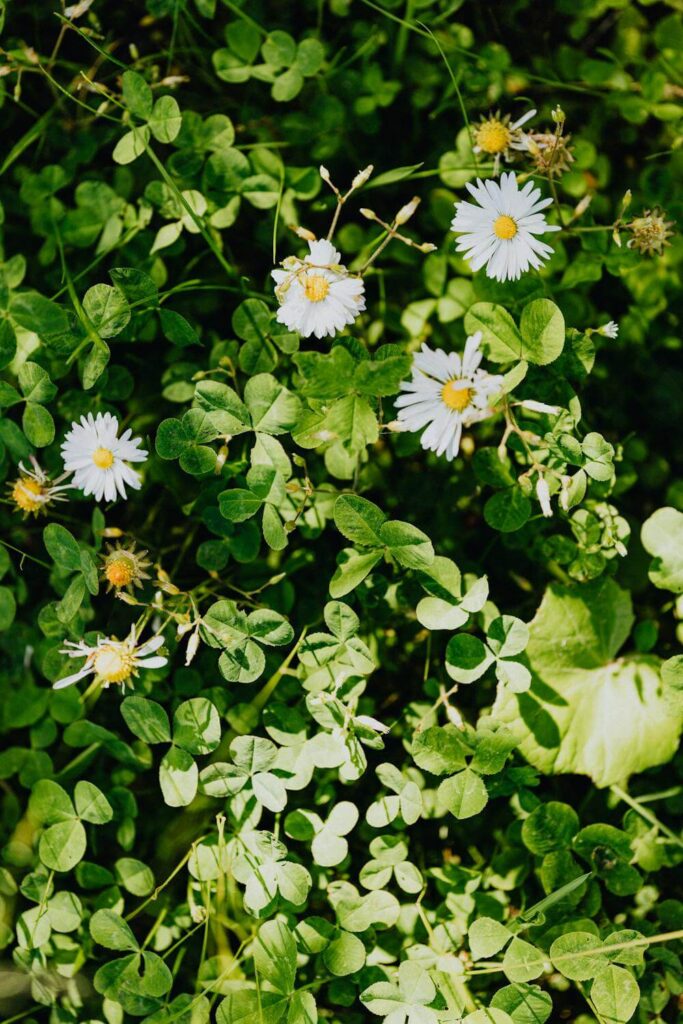
4. Adjust the Mowing Height
Clovers grow in an area where the grass of the lawn is less than three inches.
Clovers grow low to the ground and have a shallow root system. The too-short mowing stresses the grass making it easier for clover to spread.
Adjust the deck of the mower to three inches or higher. It will keep the grasses higher than the clovers.
The higher lawnmower setting gives grasses a better chance to outcompete the clovers.
The blades of the grass cast thick shade and discourage the germination of the clover seeds. They are deprived of sunlight which prevents clovers from growing.
5. Smothering the Clovers
The large patches of clovers can be smothered. Clovers can not survive without air and sunlight.
Place a plastic sheet or any garbage bag over the patches of clovers. Keep the edges secured to the ground. In a few weeks, they are killed without aeration and sunlight.
This area can be reseeded with grass seeds. Water the grass seed regularly to promote new growth.
Fertilize and mow the grass to prevent the clovers from coming back. For small and irregular patches this method is not suitable, because it will affect the grass of the lawn.
6. Spray Dish Soap and Vinegar
Prepare a vinegar and dish soap mixture to kill the clovers. This is an environment-friendly method as compared to chemical-based sprays.
This is a slow process and requires a couple of weeks of frequent spraying. Combine the vinegar, dish soap, and water and shake well. Locate the clover and spray on patches.
Spray regularly using a spray bottle and wait for a few weeks. When the clovers are killed reseed the grass seeds.
Vinegar has acetic acid and it can harm other grass blades. It is not designated to kill just one specific plant. It is preferable not to spray the solution on windy days to prevent it from spreading to another area.
Do not spray when the rain is forecasted, it will get washed off. You can use other acetic acid solutions with more strengths procured from the garden supply stores.
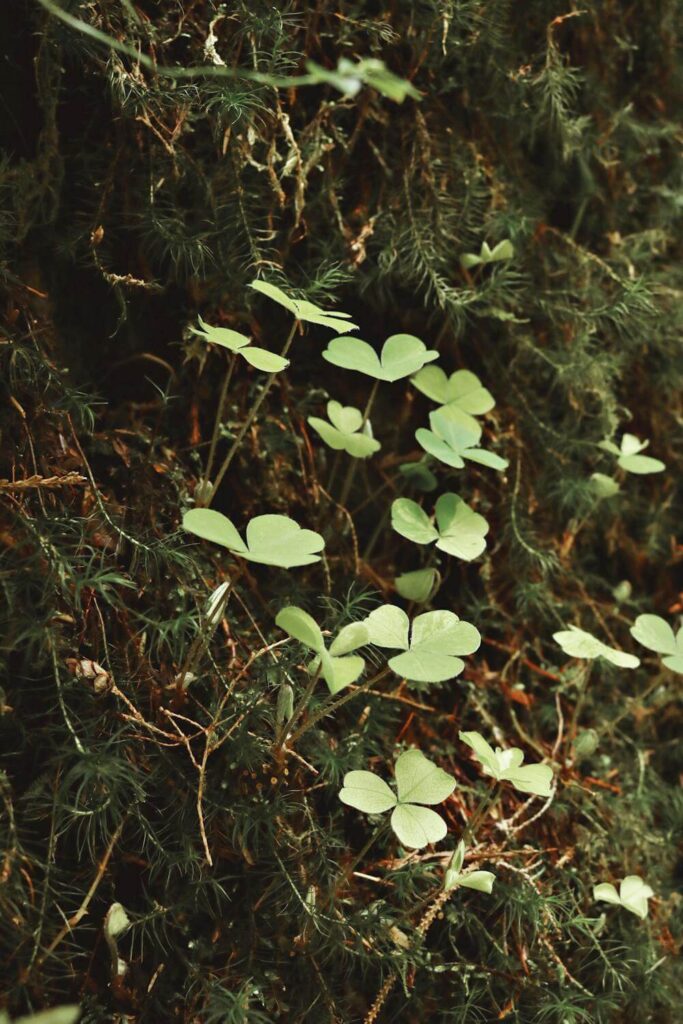
7. Use Cornmeal Gluten
The organic dipeptides released in the soil from the corn meal gluten prevent clovers from growing.
This is an organic compound made from two amino acids. Corn meal gluten is a natural pre-emergent herbicide.
Apply them every spring as a preventive measure. This prevents new seeds from growing but does not work on existing clovers.
It prevents them from reproducing and spreading across the lawn by drying out the clover seeds.
Do not apply this method on recently reseeded lawns. The cornmeal gluten should be watered immediately after use and needs several dry days to work.
Around twenty pounds of cornmeal gluten can spread over a thousand square feet of lawn.
8. Use Herbicides
It is a good idea to use herbicides to remove the clovers. The organic solution A.D.I.O.S. or advanced development in organic solution removes clovers.
They are safe for human contact and are nontoxic. This solution does not damage any surrounding grass growth.
The post-emergent herbicides are designed to kill broad-leaf weeds without harming the grass of the lawn.
These weed control products generally contain the chemical dichloro phenoxy acetic acid, mecoprop, and dicamba which disrupt normal plant growth. How and when to use these herbicides is mentioned on the packing.
Conclusion
Now that you know how to get rid of clover from your garden or potted plants, you can have a healthy and thriving garden.
There are both organic and chemical ways to get rid of them. Go for the one that is the most convenient. With these tips in mind, you can keep your plants and the soil, healthy.




